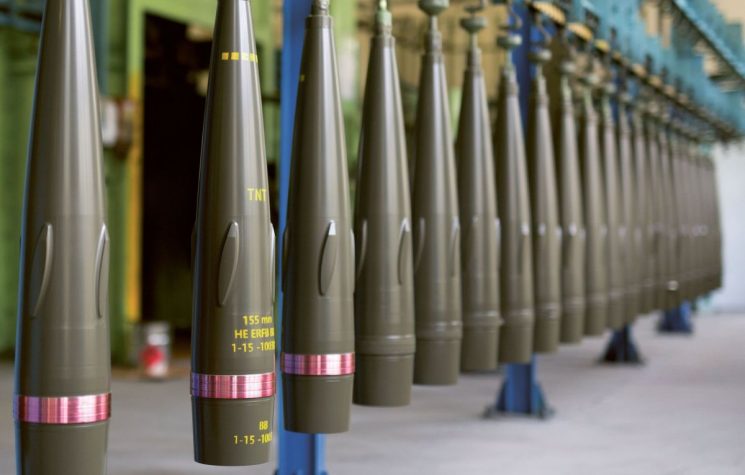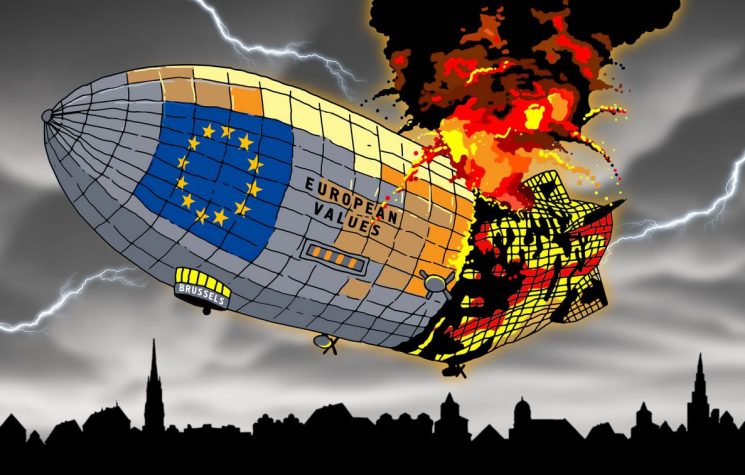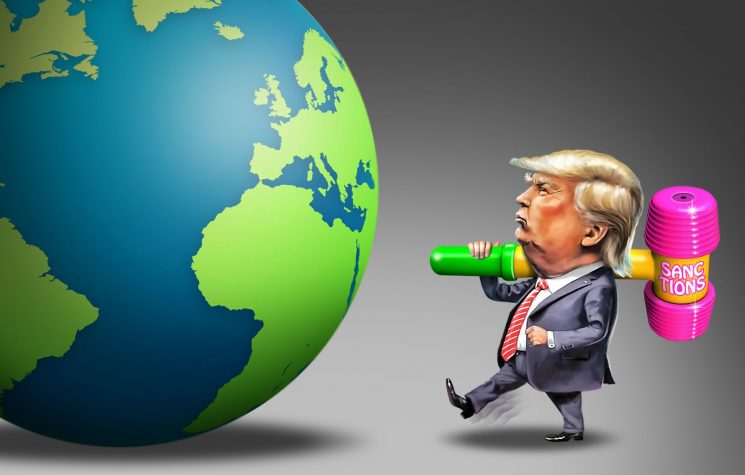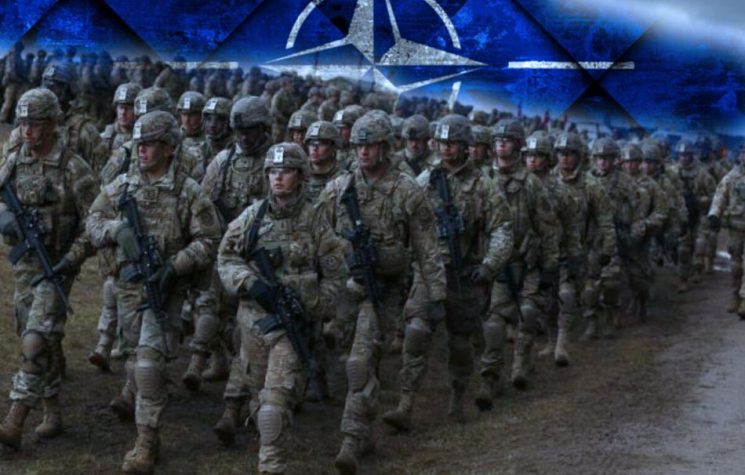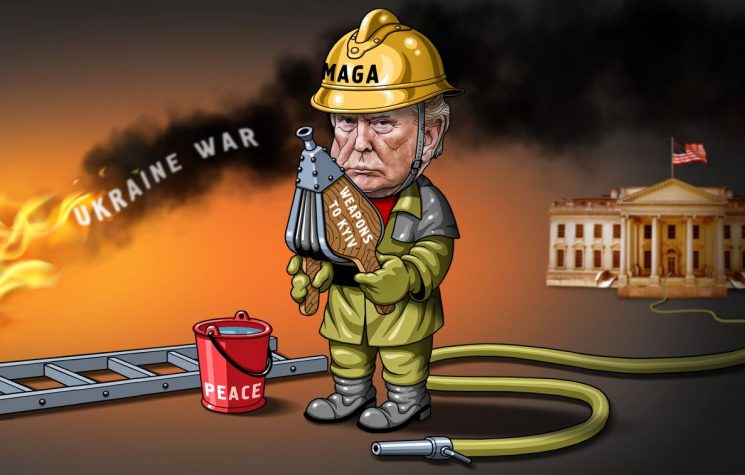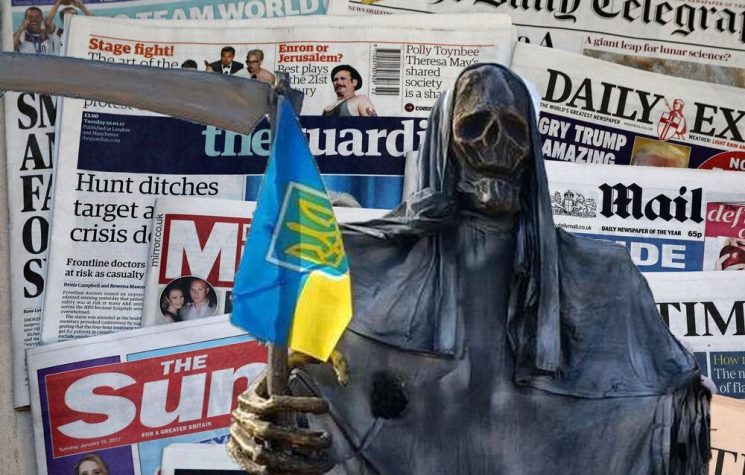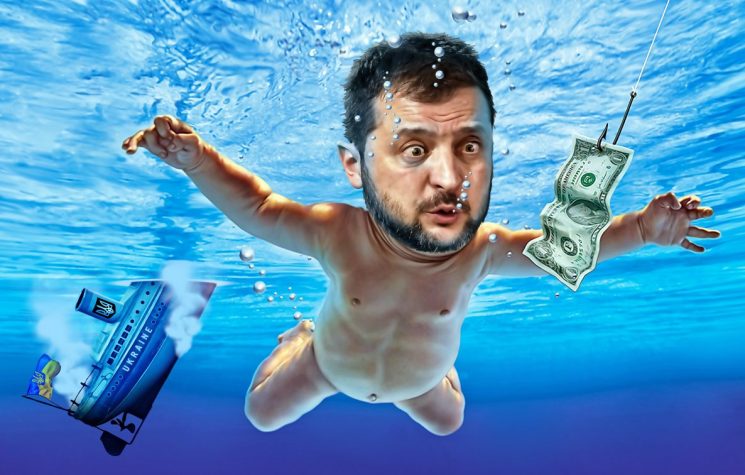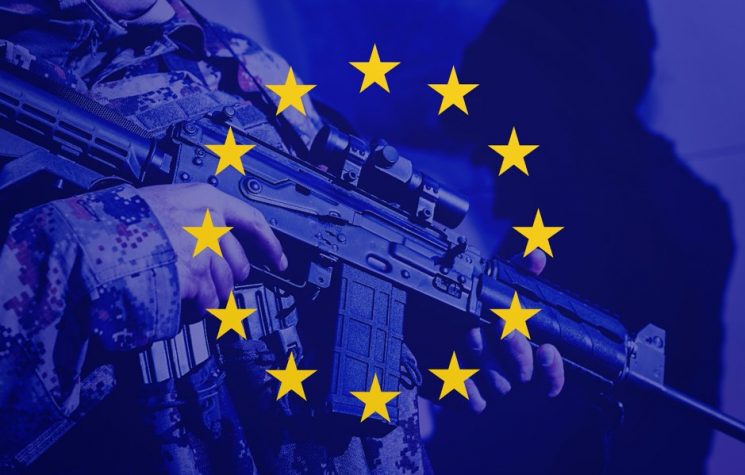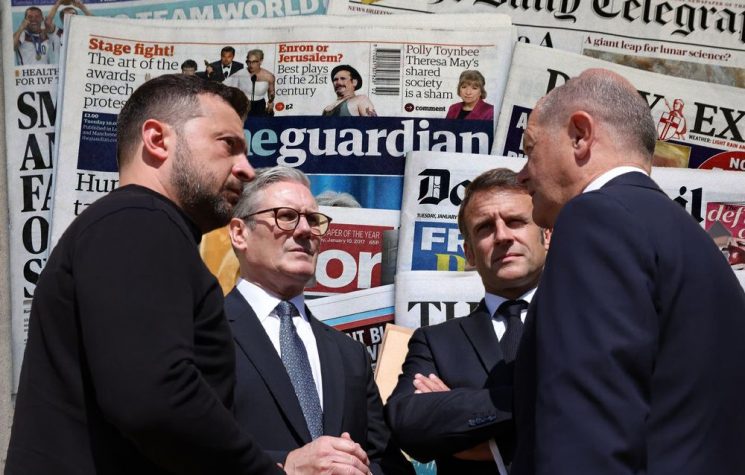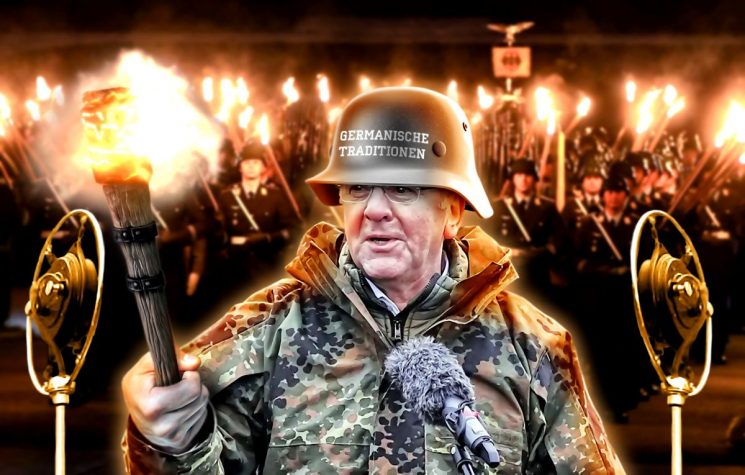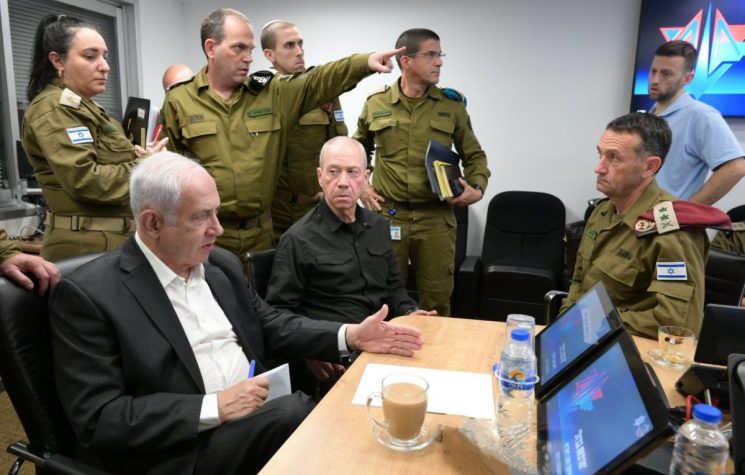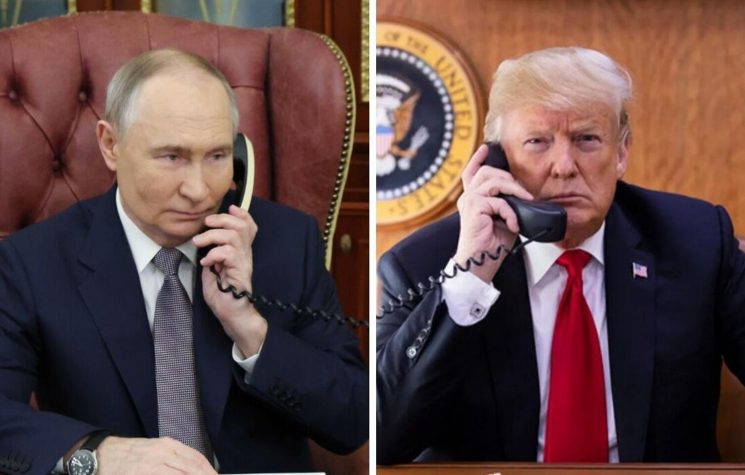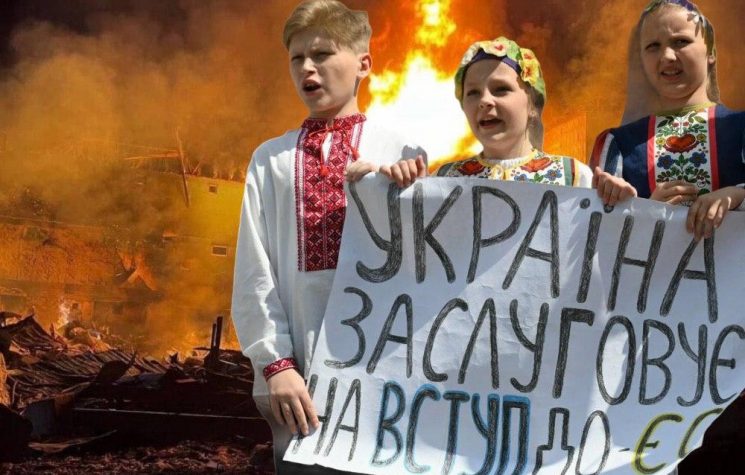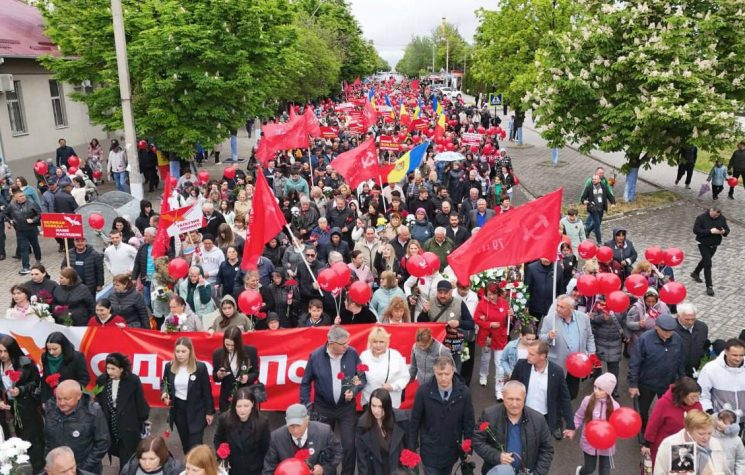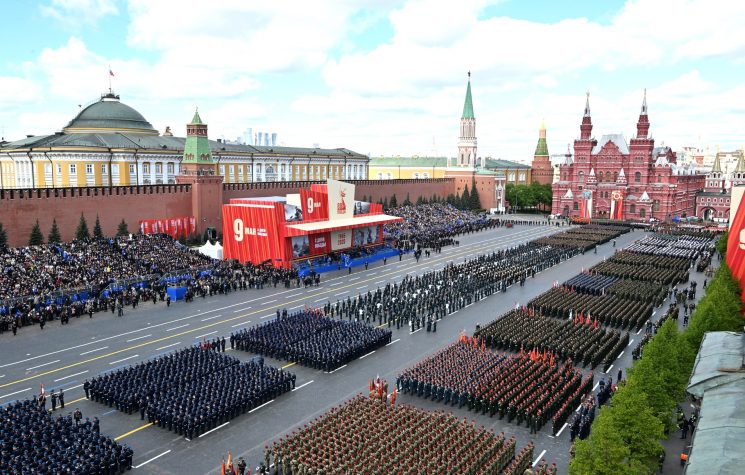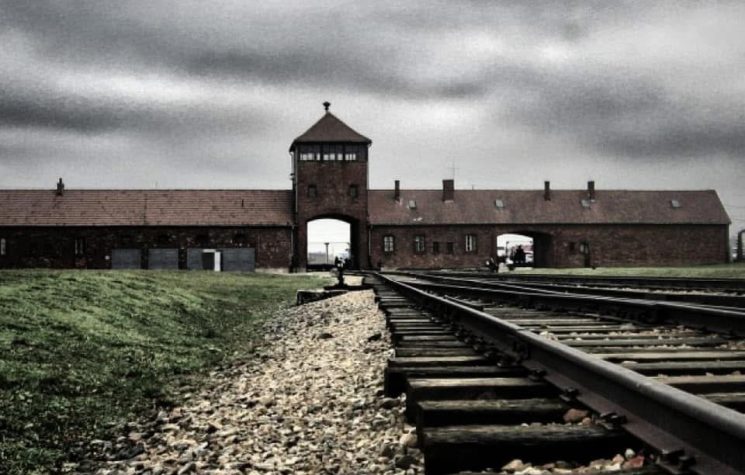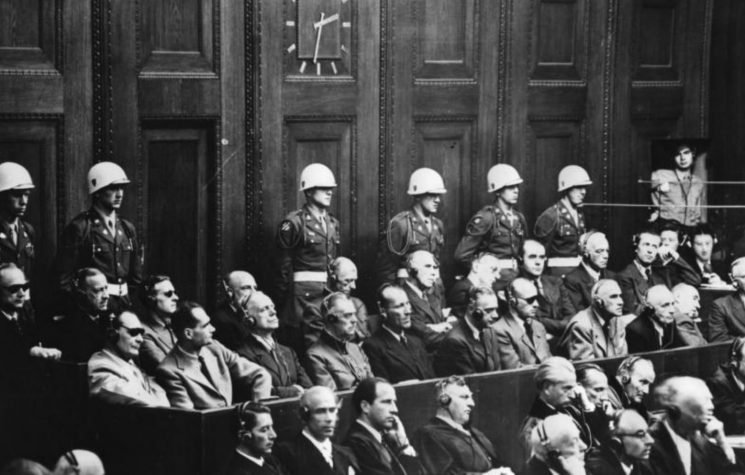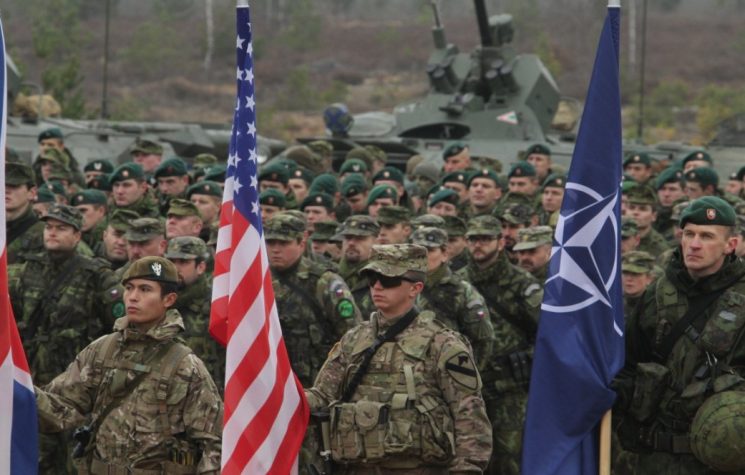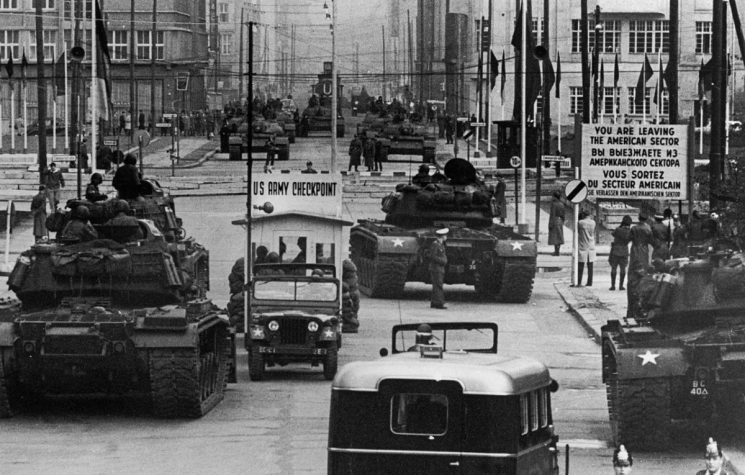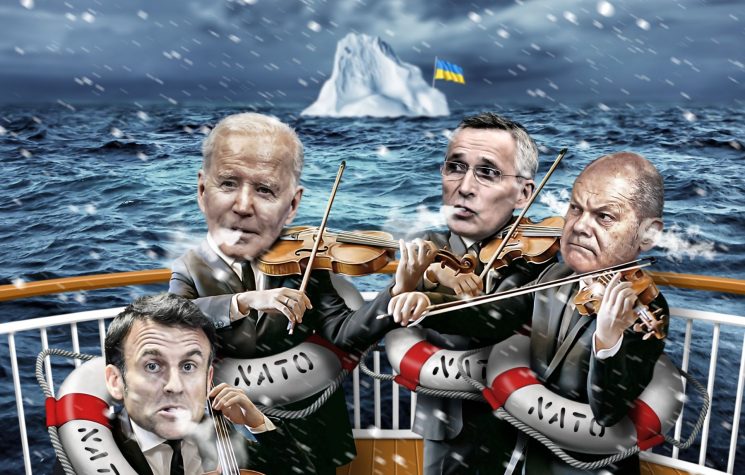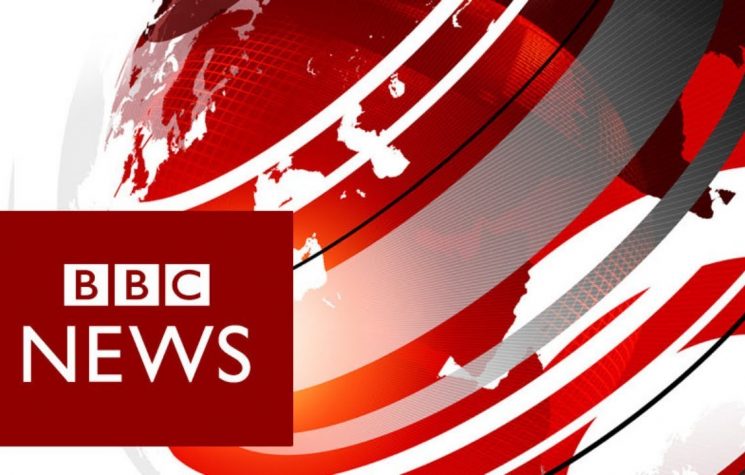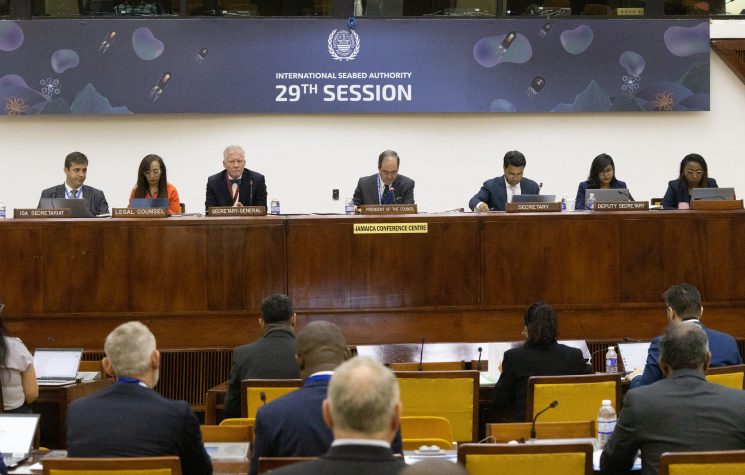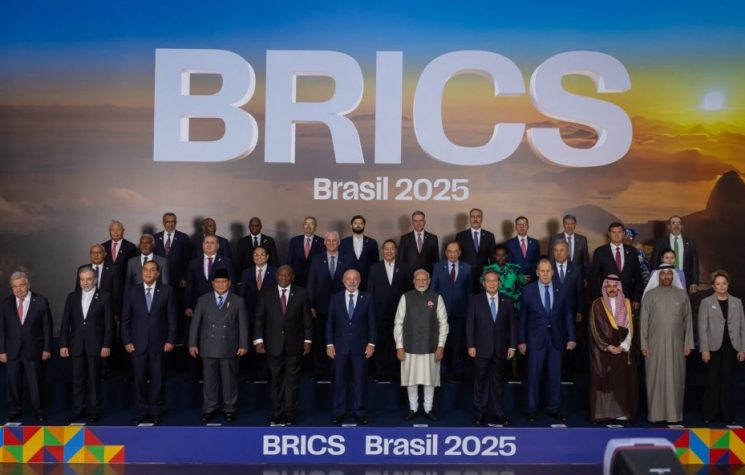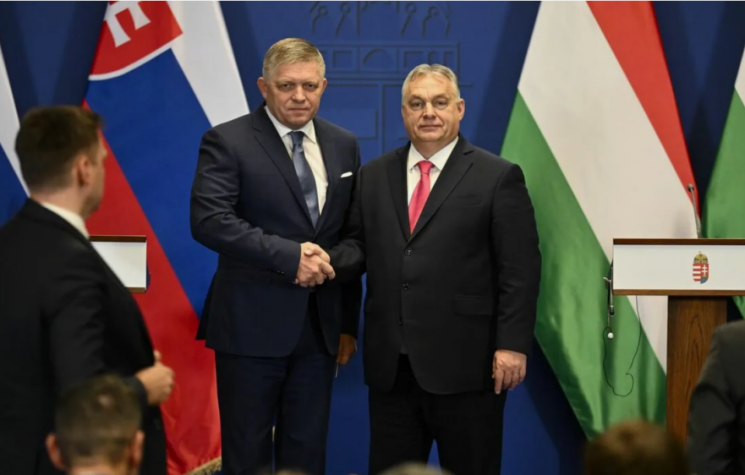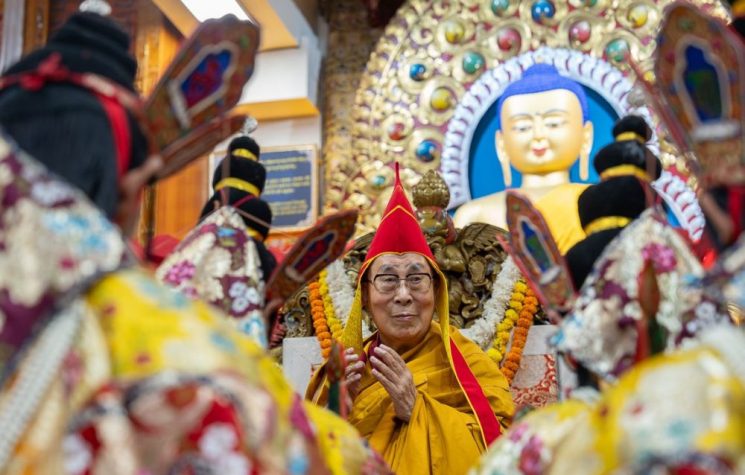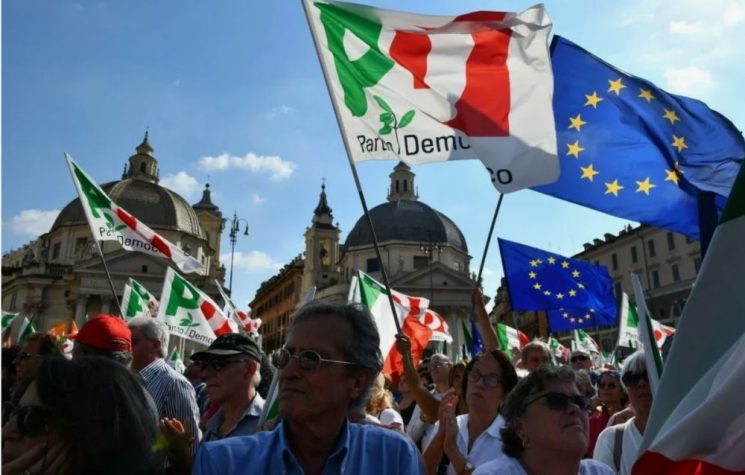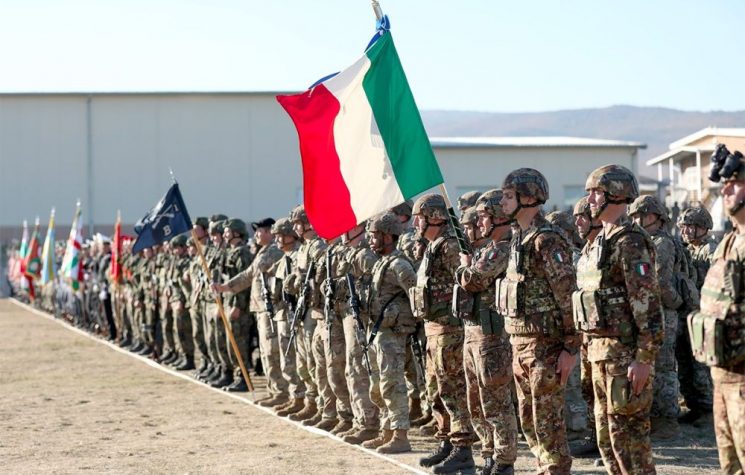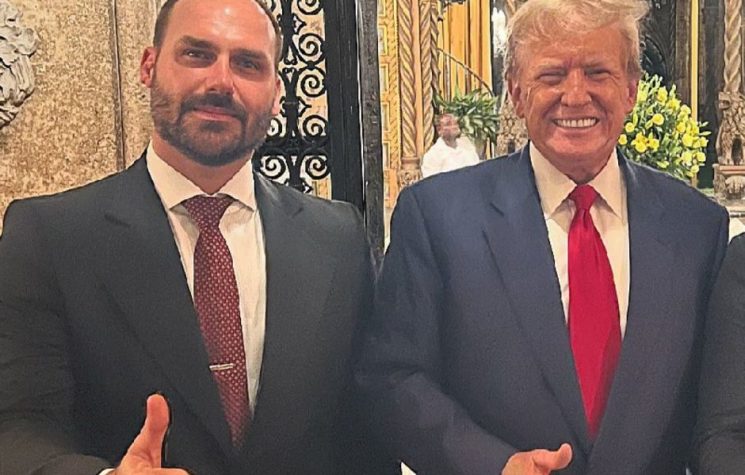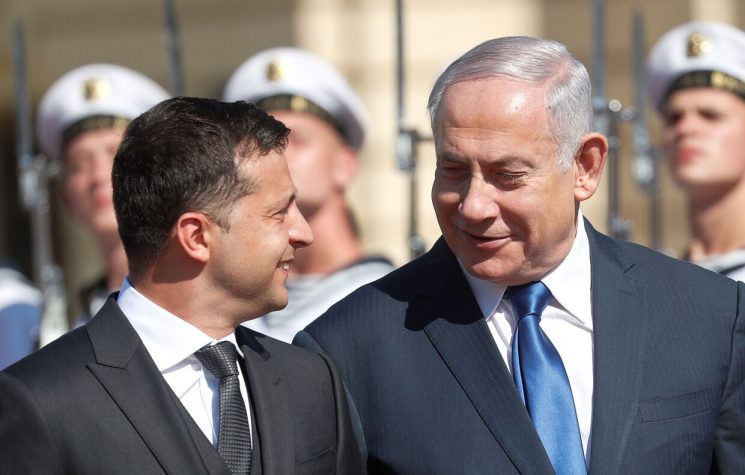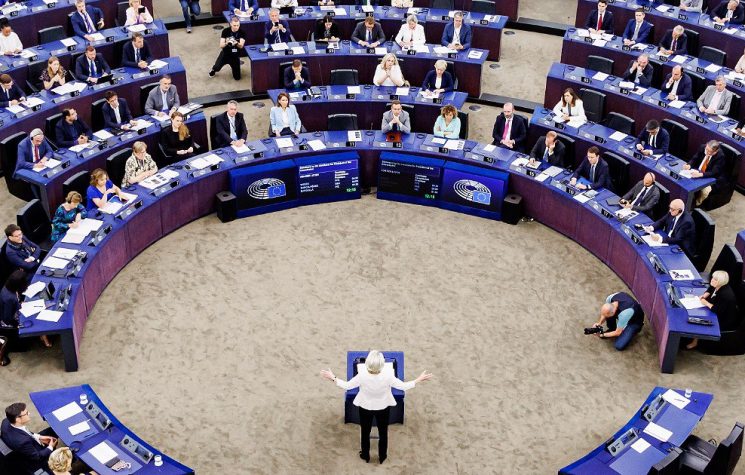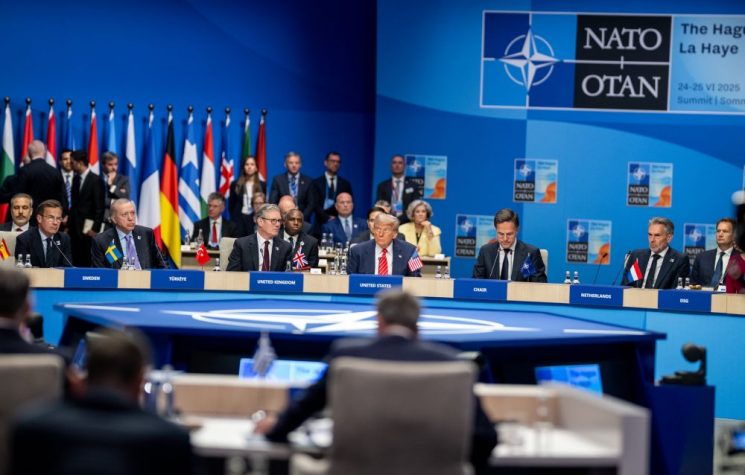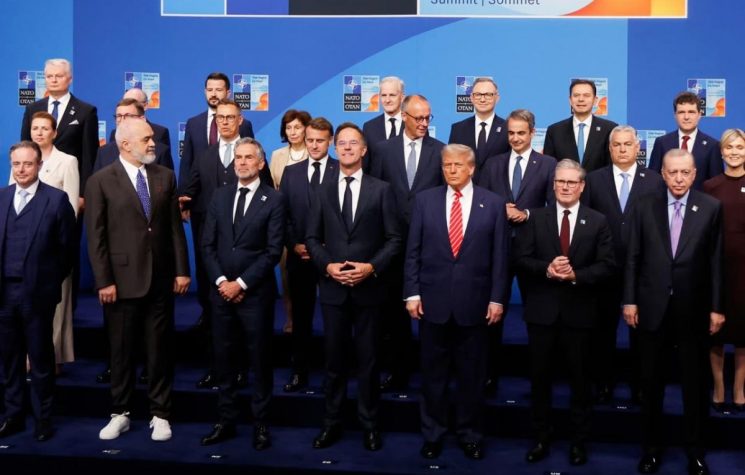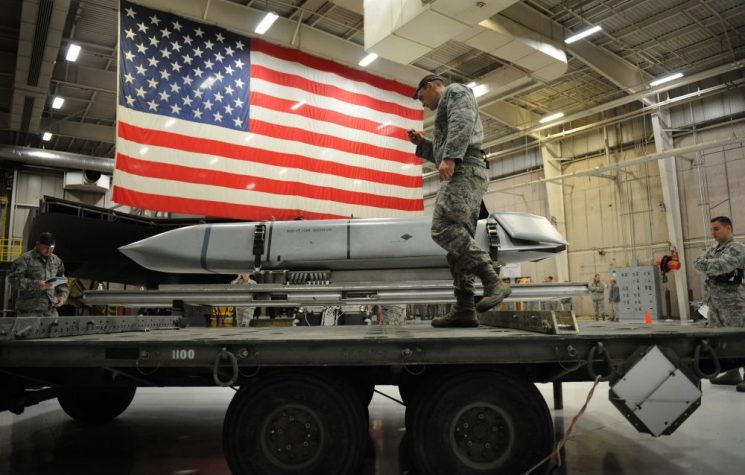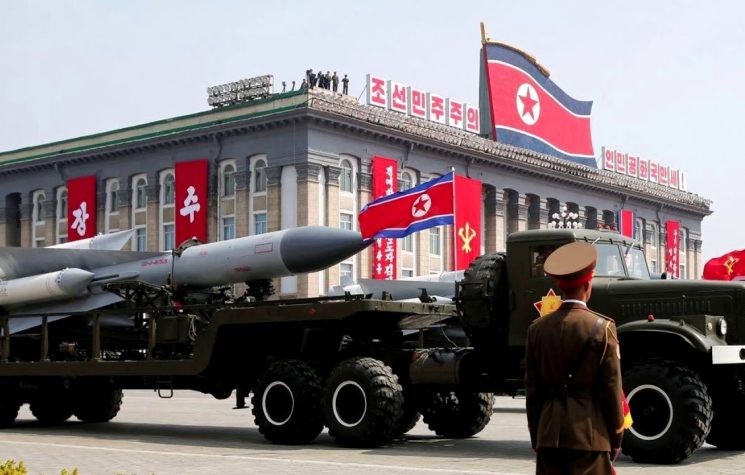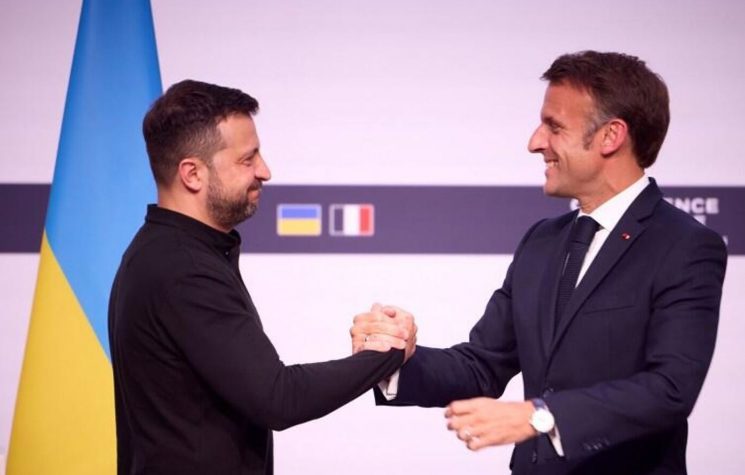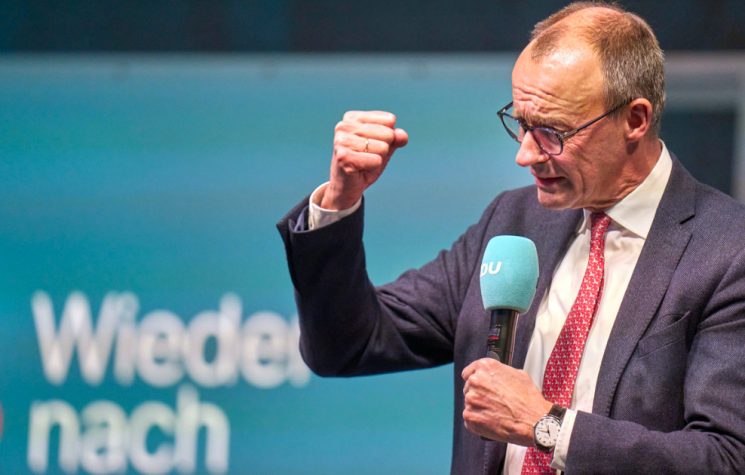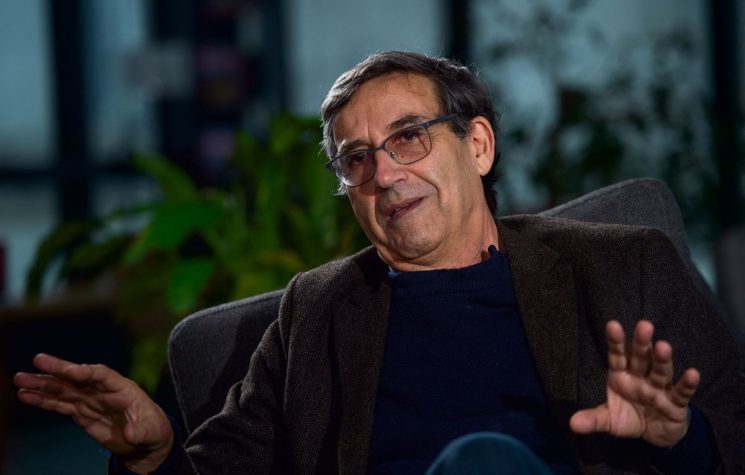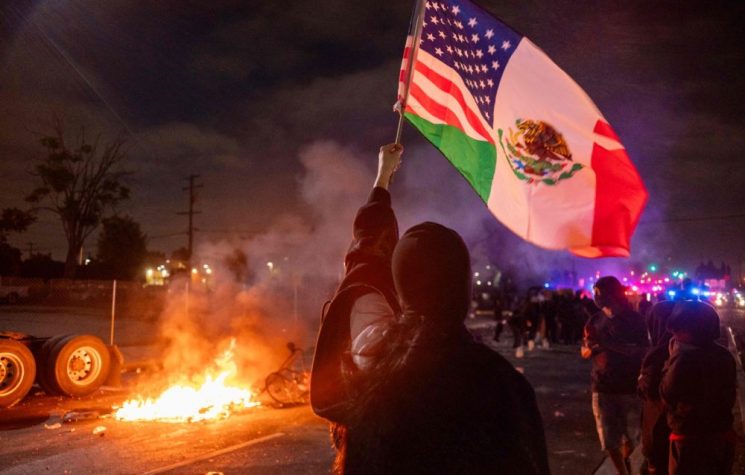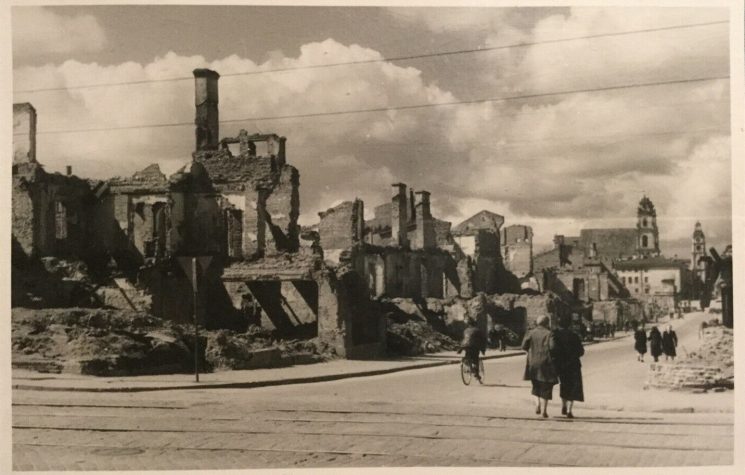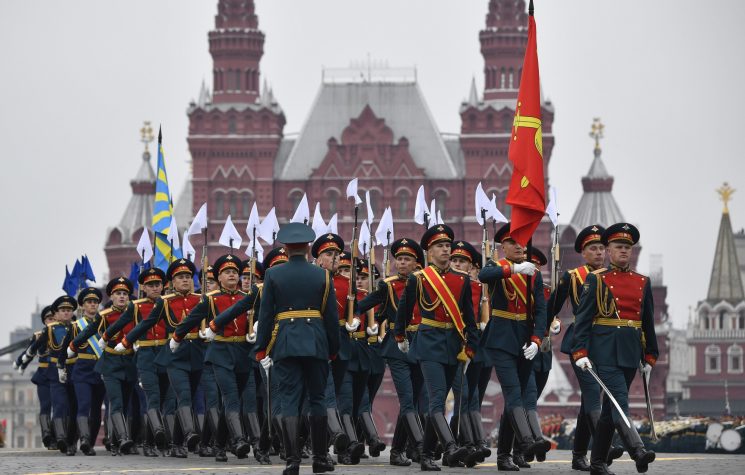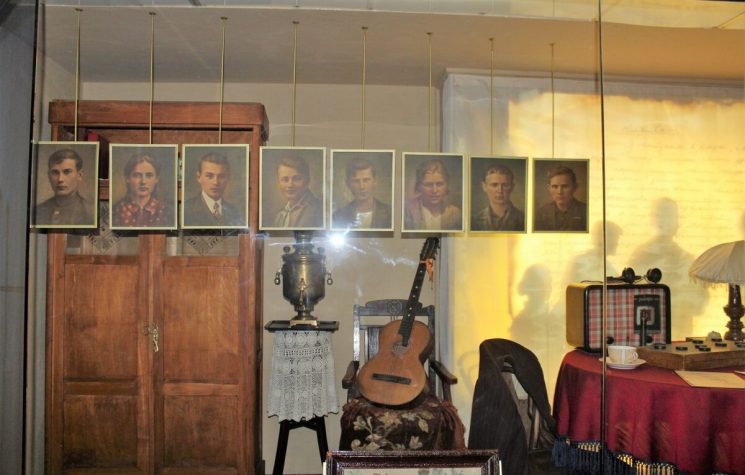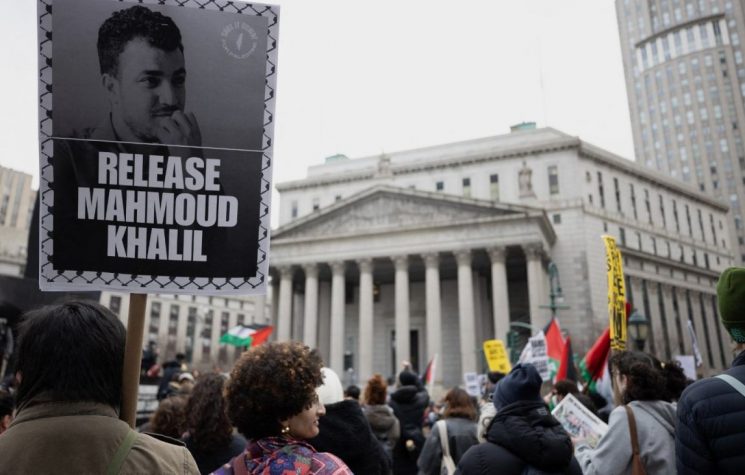This Ukrainian identitarian ‘play’ has a crucial part in the story of why sustained peace with Russia is foreclosed.
❗️Join us on Telegram![]() , Twitter
, Twitter![]() , and VK
, and VK![]() .
.
Few people even know the name ‘Gehlen’, yet Reinhart Gehlen and his SS men not only shaped politically the newborn OSS and CIA, but also, to a significant extent, determined post-war American attitudes toward Russia. A zeitgeist that has remained largely intact to this day, Gehlen – ‘man of light and dark’; both Führer loyalist and traitor – long before Hitler finally fired him. Sometimes it is necessary to look into deep history to identify the roots of contemporary issues.
Gehlen was adept in persuading Hitler how weak were the opposing Russian forces: When General Paulus’s Sixth Army was surrounded by Russian armies which methodically crushed everything inside the cauldron, Gulen reassured that “the enemy troop concentrations remained much too weak for far-reaching operations”. And whilst the Sixth Army of 300,000 German soldiers was being crushed, and Paulus’s last Panzer tanks had been lost, Gehlen sent Hitler old intelligence showing no indication at all of Soviet troop movements. Finally, just as Stalingrad was falling, and Paulus about to surrender, Gulen admitted to Hitler that “the situation of Stalingrad might very well be serious”.
It seems that underestimating Russia has a storied history …
Yet, in an astonishing chameleon-like transformation, as the Third Reich crumbled, Reinhart Gehlen – the head of Nazi intelligence for the Eastern Front – grabbed his trove of intelligence files on the Soviets and surrendered to Counter Intelligence Corps of the U.S. Army.
He brokered a deal by which he and a select group of his men would establish a secret intelligence service for the Allied Occupation. For the avoidance of confusion, in a 2001 CIA affidavit, the latter stated that “General Gehlen himself is not considered an alleged Nazi war criminal”.
Returning to West Germany and with his Gehlen Organisation under the aegis of the CIA, and ‘bankrolled with millions of dollars’, Gehlen according to the Institute for Policy Studies enlisted thousands of Gestapo, Wehrmacht and SS veterans. By the early fifties, the Gehlen Organisation was said to employ some four thousand intelligence specialists in Germany and a like number of undercover agents throughout Eastern Europe.
Amongst these ‘assets’, which Gehlen brought with him to the American ‘table’, unsurprisingly were the Ukrainians of the 14thSS Waffen Division – later regrouped as the Ukrainian National Army. What characterised the UNA, numbering some 200,000 men, was their strong antipathy to the Soviet Union, and ‘the Russians’.
It was in the Wehrmacht period that a distinct Ukrainian ‘identity’ was fashioned by the Bandera-faction – one which stated that ‘real’ Ukrainians were the supposed descendants of Vikings, who set up Kievan Rus. There is no real historical or genetic basis for this designation, but it provided for a convenient confluence with Nazi ideology, with whom they were allied.
This simulacra identity continues today: Aleksey Danilov, the head of Ukraine’s National Security and Defence Council, has stated: “I’m fine with Asians, but Russians are Asians. They have a completely different culture, vision. Our key difference from them is humanity”. Ukrainians are humans, while Russians, because they are Asians, are not. Or that is to say, ‘Europe ends at Ukraine’.
This imagined Banderite identity as ‘superior, Germanic-Ukrainian’ has been evoked many times during the post-Maidan fighting. The Law of the Indigenous Peoples of Ukraine states that only Germanic Ukrainians, Tatars and Karaites have “the right to fully enjoy all human rights and all fundamental freedoms”. It was signed into law by President Zelensky on 21 July 2021.
This Ukrainian identitarian ‘play’ has a crucial part in this story – of why sustained peace with Russia is foreclosed.
In 1945, U.S. intelligence on Russia was virtually non-existent. When the U.S. wartime OSS was reborn in 1947 as the CIA, the Gehlen Organisation was one of its cornerstones. Gehlen – the man who knew how to ‘stroke’ his superiors’ feathers over Russian weakness – brought his expert knowledge (and prejudices) to bear on U.S. thinking – the Washington Post reported that Gehlen “and the thousands whom he employed in his counterespionage organization provided the CIA and the Pentagon with 70% of its intelligence on the USSR and Eastern Europe”.
But just as Gehlen made ‘his’ metamorphosis from enemy to ally, America was being urged-on by Winston Churchill, also summersaulting from seeing the Soviet Union as ally to existential enemy. Churchill wanted to push-on. Recall that this ran against the grain of traditional U.S. policy (such as that of Pat Buchanan) that was highly sceptical of foreign entanglements and European wars.
WW2 had ended without any formal treaty, but rather with a cancerous dispute about the future of Germany, fuelled by gathering Cold War. On the one hand, the Soviet Union had lost more than 20 million people in the war and did not want to see Germany remilitarised. The U.S., on the other hand, decided that the three occupied sectors from the western side would form a single entity – and that those western sectors would become the bulwark of a new military alliance – NATO.
As Jeffrey Sachs relates, the Soviets said ‘no’: ‘We just lost 20 million – and now within a few years you’re remilitarising’. No one in the West was listening, and in spite of earlier assurances of ‘NATO not advancing an inch beyond the Germany borders’, NATO adopted the position (during the Clinton era) that the advance of NATO to circumscribe Russia was ‘none of Moscow’s business’.
It is into this sensitive and quintessential lacuna – (‘it was none of Russia’s business’) – that Ukraine has ‘stuck a wrench’ with its bogus identitarian claim that ‘Europe ends at Ukraine, and beyond it lie ‘the Slavs’’.
In its desire to support Kiev, the EU quietly has been sliding towards this Ukrainian strategic revisionism: ‘Ukraine’ is crafted as ‘European values’ defending themselves versus ‘Russia’ (Asian) values. (Both peoples, in fact, are Slav). The door to joining NATO was opened in 2008, despite the U.S. Ambassador warning only a year earlier that NATO membership would lead to war.
By the time President JF Kennedy had come into office, the situation vis á vis Russia was completely fraught: Militarisation of NATO; the U2 crisis; the Bay of Pigs débacle and the Cuban missile crisis. The CIA clearly was cornering the President, cutting off the exits, and matters were getting out of hand. Kennedy was beside himself with anger at how the CIA had led the U.S. (and Kennedy personally) into this mess. He took on the establishment, firing CIA Director Dulles and Richard Bissell, who had handled the Bay of Pigs fiasco.
Kennedy had stumbled badly in the first two years of his Presidency, but by the third year, was ready to make that famous speech saying that peace was possible – even with the Soviet Union: ‘They are human beings like us’. “I speak of peace as the necessary rational end of rational men”. And, Amazingly Khruschchev was listening. An agreement followed in weeks, and the U.S. Senate overwhelmingly approved it.
“Well … then they killed him”, said Jeffrey Sachs in a recent discussion on JFK’s final political campaign – his quest to establish a secure and lasting peace with the Soviet Union.
There are, however, a couple more twists to this tale of unending, and escalating culture-identity war versus Russia.
One twist came during the Carter Presidency, when his National Security Adviser, Zbig Brzezinski persuaded the President to insert a radicalised, jihadist culture into Afghanistan to attrite the secular socialist culture of Kabul, which Moscow was supporting.
In the event, politics in Moscow determined the outcome: the Soviet Union self-imploded. Fukuyama’s End of History and the Last Man meme exploded across the globe, and the Afghan war was crafted as a huge success (which it wasn’t). Yet nonetheless, the claim underpinned the notion of Islamic insurgents being the ideal solvents for regime change projects. It became the pilot for the Arab Spring.
Those early moderate jihadi leaders in Afghanistan? They killed them, and replaced them with ever more violent men – who ultimately would become the fodder on which 9/11 expediently would feed, and expand into global war.
But Brzezinski had yet more advice to give President Carter. In his 1997 Grand Chessboard, Brzezinski argued that the Ukraine– by virtue of its divided cultural identities, entwined in old complexities – should be seen as the hinge around which heartland power revolved: ‘Absent Ukraine, Russia would never become the heartland power; but with Ukraine, Russia can and would’,he insisted. After Afghanistan, Russia needed to be enmeshed in a Ukrainian cultural-identity quagmire, Brzezinski was suggesting.
The Gehlen-Banderite thread of western Ukraine being linguistically and racially different (Germanic) from ‘ethnic Russians’ swirls up persistently, again and again. Ukrainian (correctly known as Ruthenian) is not a Germanic language. It is best understood as a dialect of Russian, and therefore firmly and only Slavic. Nor is there any Viking (Germanic) DNA to be found among modern-day western Ukrainians.
The last twist to the culture-identitarian saga is centred on Europe, and how the European Left with NATOs Balkan war (which the Left enthusiastically endorsed) dramatically ‘switched shirts’.
The old NATO, which Leftists once had hated as a reactionary carbuncle, the Left had now come to see as having new evangelical meaning; no longer reactionary, but now revolutionary. Its new ‘revolutionary’ objective being to hasten the advent of a social revolution whose cultural sub-strata is the promulgation of the Woke tenets: Diversity, Pride, Trans rights, and the redress of historic discrimination and wrongs.
The new NATO, inclusive and politically correct, is seen by European Leftists as the tool by which to sweep aside obstacles to the EU agenda, as well. These ‘switched shirts’ hold that the struggle for this ‘Cultural Order’ is incessant, totalising, and all-encompassing.
In this context, it is not difficult to see how a woke Ukraine, imagined as marking ‘the physical extent’ of Europeanism, can have morphed into an icon for this total cultural-identity war on Russia – a distension beyond even that which Gehlen could have dreamt.
So, is ‘sustainable peace’ with Russia closed out? Were it to be attempted in terms of seeking to sustain western Ukraine as an isthmus of Europe and its values extending into the regressive Slav sphere, then peace is not possible – for it would be wholly fake. Furthermore, it would be damaging to Europe, for it would legitimise what was but an ancient, convenient congruency of identity with Nazi ideology that has acquired a toe-hold amongst the Ruling Strata of Europe.
The only viable way forward would be to return to the original Gordian Knot, and to untie it: i.e. to untie the knot of there being no post-WW2 written treaty delimiting NATO’s ever-forward movement, and by so doing, ending the pretence that NATO’s displacement to wheresoever it choses is no one’s business but its own. Negotiations, in the final instance, are about interests, and the nous to solve the riddle of two parties perceiving how the other perceives itself being perceived.










